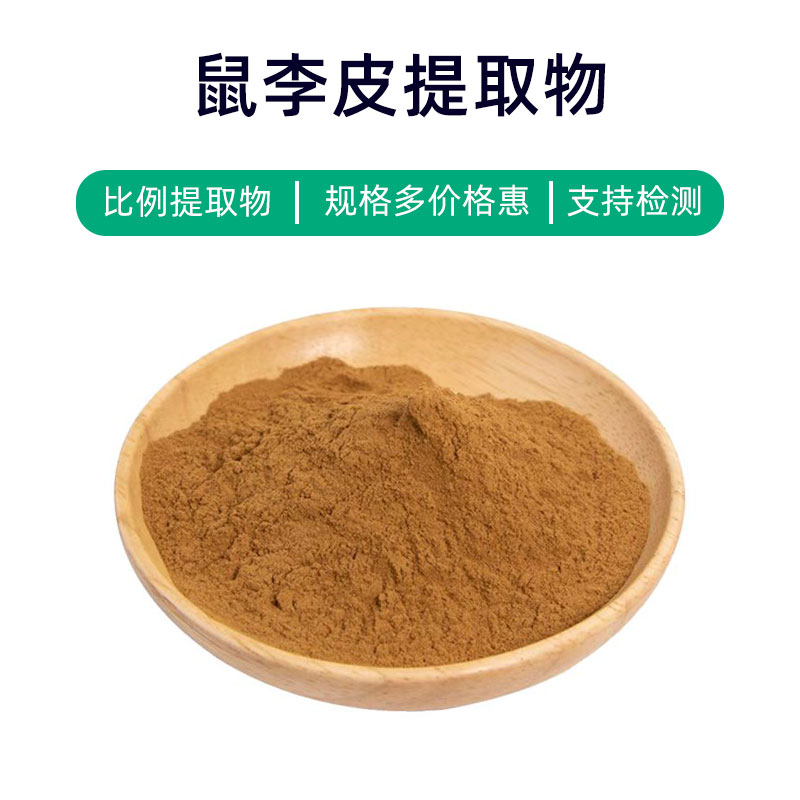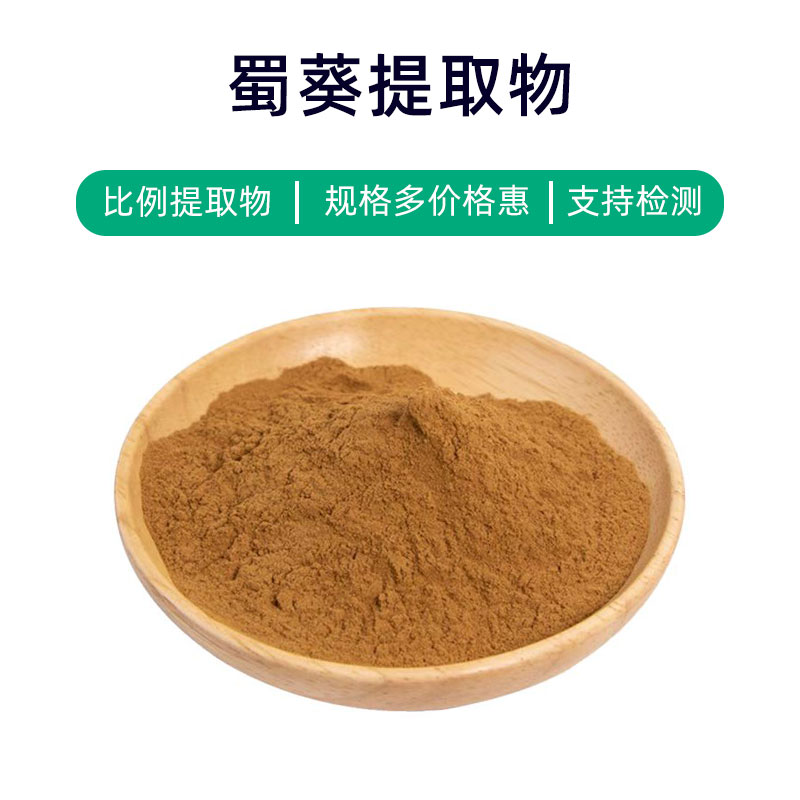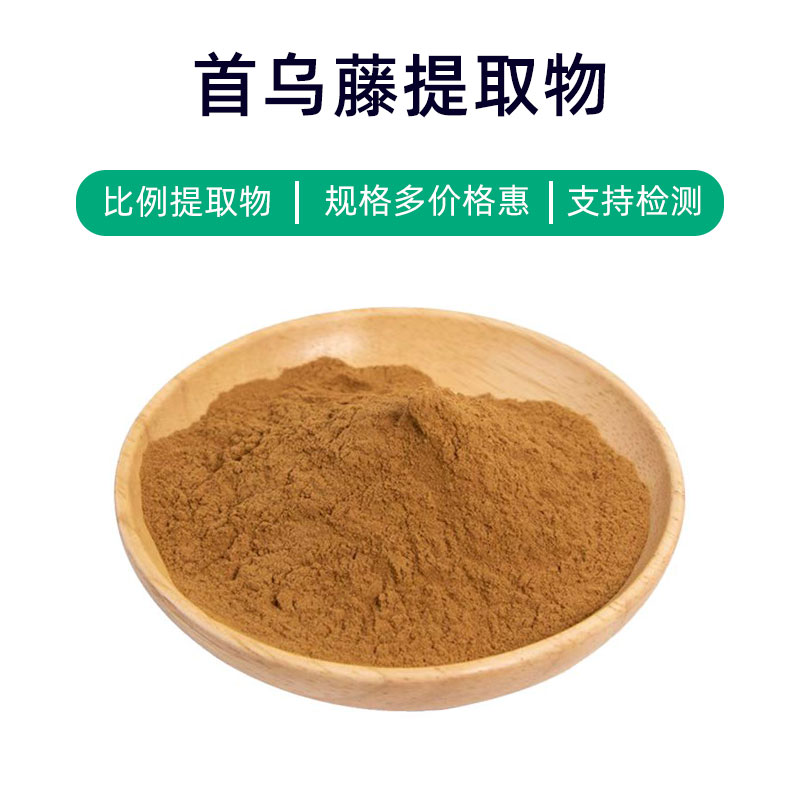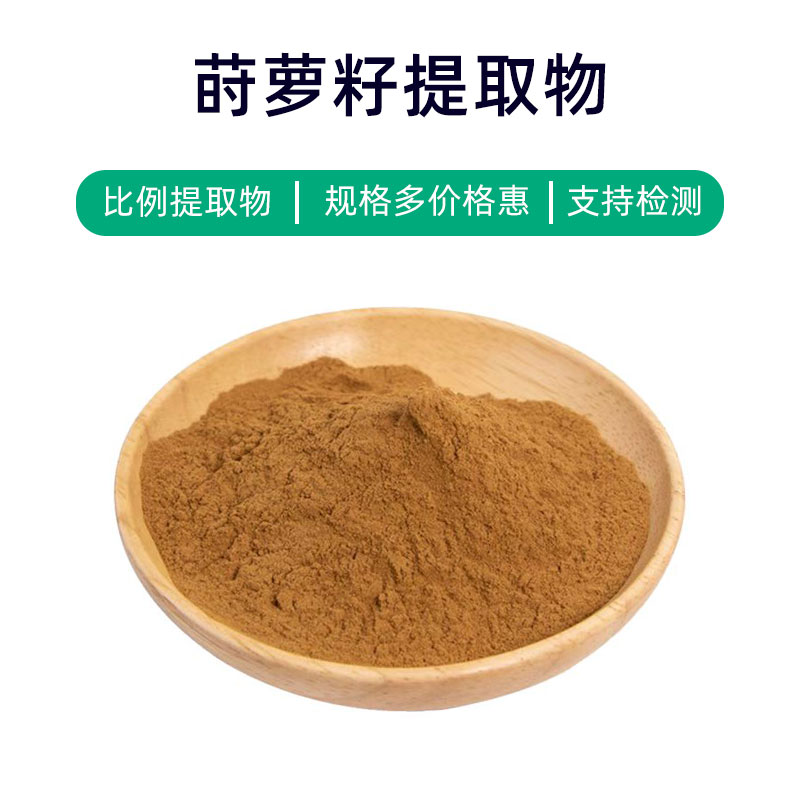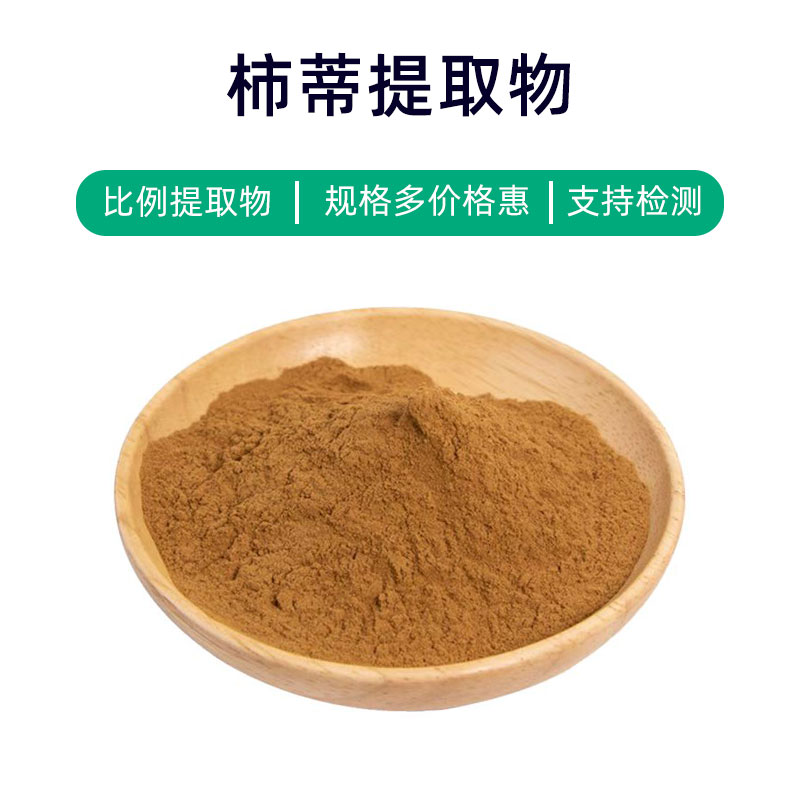Papaya Extract Product Introduction
Papaya extract is a natural plant extract derived from the fruit of the papaya. Its main components include papain, Vitamin C, carotene, enzymes, and polyphenols, and it is widely used in the pharmaceutical, food, and cosmetics fields.
Its effects are primarily reflected in the following areas:
- Digestive Aid: Papain promotes the breakdown of proteins, carbohydrates, and fats, aiding digestion, making it useful for treating indigestion and gastrointestinal disorders.
- Skincare: Rich in Vitamin C and carotene, papaya extract has antioxidant and anti-aging properties, helping to improve skin texture, reduce wrinkles, enhance skin elasticity, and brighten skin tone.
- Food Additive: Papaya extract can be used as a food additive, primarily in meat processing, to tenderize meat, enhance taste, and improve food quality.
In the pharmaceutical field, papaya extract is commonly used in digestive aid medications and oral enzyme formulations. In the food industry, it is often added to meat products, juices, and jams to enhance taste and nutritional value. In cosmetics, it is widely used in skincare products, masks, and shampoos for its anti-aging, moisturizing, and whitening benefits.
Overall, as a natural plant extract, papaya extract has broad application prospects, suitable for both medical treatments and use in food processing and cosmetics manufacturing.
Papaya Extract Production Process
The production process of papaya extract typically includes the following main steps:
- Raw Material Preparation: Fresh ripe papaya fruits are selected as raw materials. The fruits should be clean and free from mold, with the skin and seeds removed, leaving only the flesh.
- Pulping: The peeled and seeded papaya flesh is cut into small pieces and pulped using a pulping machine or blender until it becomes a slurry.
- Maceration: The papaya pulp is mixed with an appropriate extraction solvent (such as water or ethanol) and subjected to maceration. The time and temperature must be tailored to the specific process, typically with multiple extractions at controlled temperatures to enhance yield.
- Filtration: The extraction mixture is filtered to remove solid residues, producing papaya extract liquid.
- Concentration: The papaya extract liquid is concentrated, usually by methods such as vacuum concentration or spray drying, significantly reducing moisture content while concentrating the extract.
- Purification: The concentrated extract is purified to remove impurities, pigments, and unnecessary components, enhancing product purity.
- Drying: The purified extract is dried, typically using spray drying or vacuum drying methods, transforming it into a powder or granulated state for easier storage and transport.
- Packaging: The dried papaya extract is packaged according to specific standards, often in foil bags or plastic containers, to prevent moisture, oxidation, and contamination.
- Storage: The packaged papaya extract should be stored in a dry, cool, and ventilated environment, avoiding direct sunlight and high temperatures to maintain its stability and quality.
The above outlines the general production process for papaya extract, with specific operational details and parameters adjusted and optimized based on the manufacturer's conditions and product requirements.
Effects and Side Effects of Papaya Extract
Due to its rich nutritional components and bioactive substances, papaya extract has various effects and benefits in the fields of medicine, health supplements, and cosmetics.
- Antioxidant Effects: Papaya extract contains rich antioxidants such as Vitamin C, β-carotene, and Vitamin E, which can scavenge free radicals, slow down aging, and maintain skin health and youthfulness.
- Anti-inflammatory and Antibacterial: Papain in papaya extract has significant anti-inflammatory and antibacterial properties, capable of inhibiting the growth of bacteria, fungi, and viruses, aiding in the treatment of skin inflammation and eczema.
- Digestive Promotion: Rich in papain and fiber, papaya extract promotes gastrointestinal motility and strengthens digestive functions, helpful in alleviating indigestion and bloating.
- Whitening and Spot Removal: Papain can exfoliate the skin, reduce melanin deposition, and minimize the formation of dark spots and freckles, making the skin fairer and smoother.
- Moisturizing: Papaya extract contains various moisturizing factors and natural oils, deeply hydrating the skin, increasing moisture content, and improving dryness and rough skin.
- Skin Repair: Papain has strong keratolytic properties, promoting skin cell renewal, aiding wound healing, and skin repair.
- Inhibiting Melanin: Papain can inhibit the activity of tyrosinase, reducing melanin formation, and helping to prevent and lighten pigmentation and dark spots.
- Improving Wrinkles: Ingredients like Vitamin C and carotene promote collagen synthesis, enhancing skin elasticity and reducing the appearance of wrinkles and fine lines.
While papaya extract has many benefits, individual differences and potential allergic reactions should be considered during use. It is advisable to conduct a skin sensitivity test before use and follow dosage and methods as indicated in product instructions to avoid adverse reactions.
Application Scenarios and Dosage of Papaya Extract
Papaya extract has a wide range of applications in the fields of medicine, food, and cosmetics, with varying dosages and uses depending on the specific field and product.
Applications in Medicine:
- Gastrointestinal Medications: Papaya extract can be used to make digestive enzyme tablets, capsules, etc., for assisting with indigestion and gastritis problems. Typically taken orally, following the dosage indicated in the instructions.
- Topical Medications: Rich in papain, it's used in ointments and lotions for treating eczema, burns, and skin inflammation. Apply gently to the affected area as advised by a doctor.
Applications in Food:
- Additives: Papaya extract can function as a food additive, flavoring agent, or natural colorant. Usually used in small amounts, adhering to food safety standards.
- Health Supplements: It can be made into oral health products such as papain tablets and capsules for improving digestive function and enhancing immunity. General recommendations follow the product dosage instructions.
Applications in Cosmetics:
- Skincare Products: Used in cleansers, masks, lotions, etc., for moisturizing, whitening, and exfoliating effects. Methods of use vary according to specific product instructions, usually applied to clean skin.
- Haircare Products: Rich in vitamins and minerals, it is found in conditioners and hair masks that help repair damaged hair and maintain hair health. It's typically applied to washed, damp hair, massaged for a moment, then rinsed.
Overall, papaya extract is widely used across medicine, food, and cosmetics, but appropriate products and dosages should be chosen based on specific circumstances, following product instructions or medical advice.
Introduction to the Source Plant of Papaya Extract, Distribution, and Growth Environment
Papaya (scientific name: Carica papaya) is a common tropical fruit, and the extract is derived from the fruit, leaves, or seeds. Here is detailed information about the papaya plant's source, distribution, and growth environment.
Plant Introduction:
Papaya is a perennial herbaceous plant belonging to the Caricaceae family. It features a tall, stout stem with large leaves and oval or pear-shaped fruits that are sweet and rich in nutrients, making it highly popular. Its hollow stem supports large, palmate leaves and small white unisexual flowers; the fruit is a berry with smooth skin and soft, orange-yellow flesh.
Distribution:
Papaya is native to the tropical regions of South America, primarily found in countries like Mexico, Brazil, Colombia, and Venezuela. Due to its heat and drought resistance, it has been widely cultivated in tropical and subtropical regions worldwide, including Asia, Africa, and Oceania, becoming one of the area's important economic crops.
Growth Environment:
- Climate Requirements: Papaya thrives in warm, humid climates, preferring temperatures of 20°C to 30°C, with a minimal growth temperature of 10°C. It cannot withstand cold, as low temperatures can hinder growth.
- Soil Requirements: Papaya is not particular about soil but prefers loose, well-drained, fertile soil. It adapts well to various pH levels but grows best in neutral soils with a pH around 6-7.
- Light Requirements: Being a sun-loving plant, papaya requires ample sunlight to promote growth and fruit development.
- Water Requirements: While papaya enjoys moist environments, it is ideally suited for well-draining soils and moderate moisture management. Excessive water can lead to root suffocation and root rot.
In summary, papaya grows best in tropical and subtropical areas, thriving in warm, humid climates with loose, fertile soils and abundant sunlight, resulting in optimal growth performance.
Processing and Storage of Papaya Extract
Processing papaya extract involves the following steps: First, mature papaya fruits are harvested, then washed and peeled. The fruits are cut into chunks or finely crushed, followed by extraction methods (such as maceration or supercritical fluid extraction) to obtain the active components. The extracted liquid undergoes filtration, concentration, and drying to yield the final papaya extract product. For storage, the extract should be kept in a dry, cool, and light-protected environment, preventing high temperatures and direct sunlight, while ensuring airtight storage to avoid moisture and contaminants, thus maintaining its stability and active component efficacy.
Monica Sun is a seasoned expert in the plant extraction industry with over a decade of experience in research and production. She specializes in the extraction and purification of plant active ingredients, focusing on driving innovation in natural product applications. Monica has participated in the development of multiple functional plant extracts, delivering high-value natural raw material solutions for the health food, pharmaceutical, and dietary supplement sectors.









